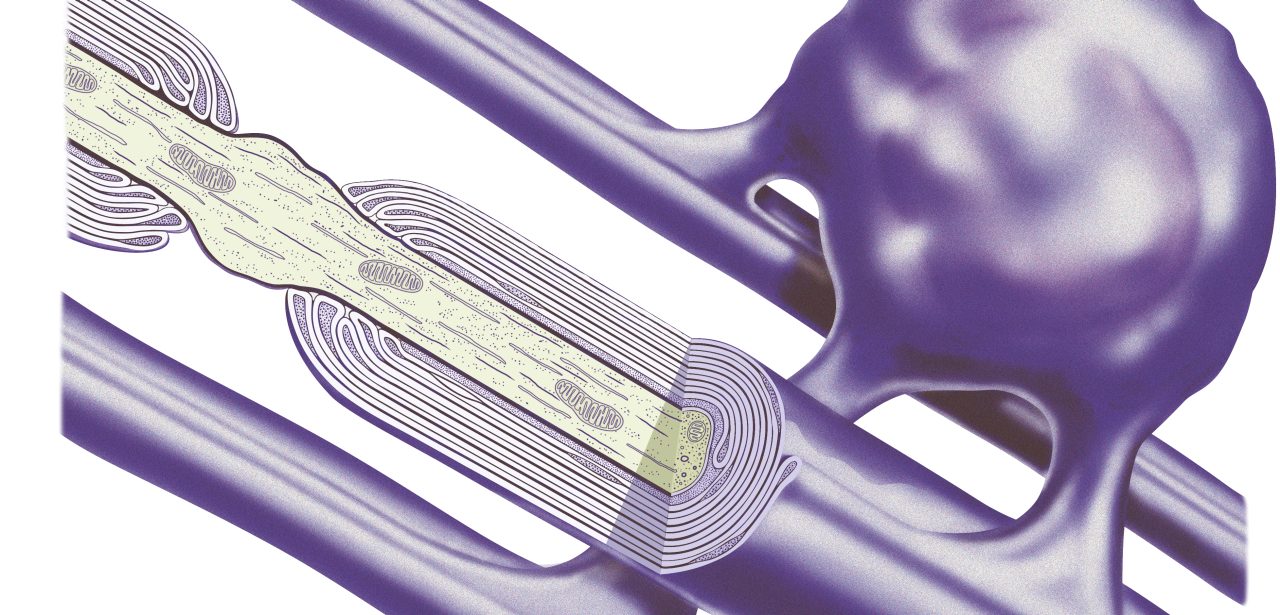How Can I Help ALS Research?

Your involvement in a clinical trial could help researchers develop new treatments — or find a cure for amyotrophic lateral sclerosis (ALS).
ALS is degenerative disorder that progressively destroys a person’s ability to walk, talk, breathe, and live independently. As of today, there is no cure. The average amyotrophic lateral sclerosis life expectancy is only 2 to 5 years following diagnosis.
YOU MIGHT ALSO LIKE: Amyotrophic Lateral Sclerosis Symptoms
Only two amyotrophic lateral sclerosis medications are approved by the Food and Drug Administration to slow the pace of this disease. Yet the outlook for ALS could one day improve, thanks to hundreds of clinical trials that are now being conducted in the United States and abroad.
To conduct these trials and develop new treatments, researchers need people with ALS to participate. Here’s how you can get involved in a clinical trial of a new amyotrophic lateral sclerosis treatment.
What are clinical trials?
Clinical trials are research studies that determine whether a new treatment or device is safe, and if it’s effective against a disease like ALS. Research is conducted in stages. First, the treatment is usually tested in cells or tissue grown in a laboratory. Then, it’s tested in animals. If it’s shown to be safe up to that point, then researchers test it in humans.
Clinical trials typically follow these phases:
- Pilot trials are small studies. They test drugs that have already been approved for other conditions, to see if they are also effective for treating ALS.
- Phase I trials are tested in a small group of people to see if a treatment is safe, and if it causes side effects.
- Phase II trials look at the treatment’s safety and effectiveness in a slightly larger group of people.
- Phase III trials include large groups of people. They look at potential side effects, evaluate the treatment’s effectiveness, and compare it to existing therapies.
Updated:
March 16, 2020
Reviewed By:
Christopher Nystuen, MD, MBA